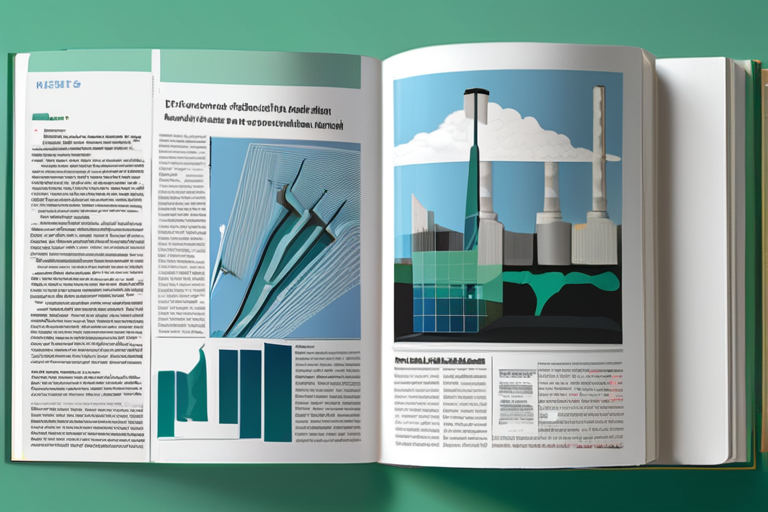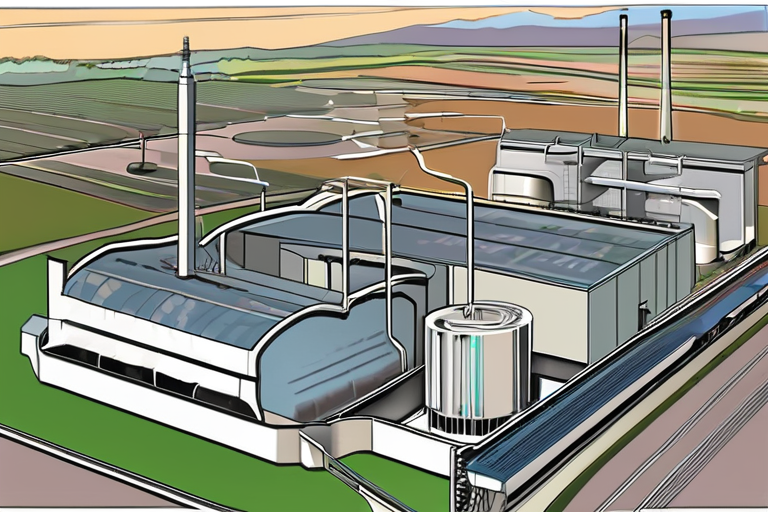Companies Turn to Book and Claim Models to Unlock SAF's Emissions-Busting Potential


Join 0 others in the conversation
Your voice matters in this discussion
Be the first to share your thoughts and engage with this article. Your perspective matters!
Discover articles from our community

 Hoppi
Hoppi

 Hoppi
Hoppi

 Hoppi
Hoppi

 Hoppi
Hoppi

 Hoppi
Hoppi

 Hoppi
Hoppi

Big Tech Invests Heavily in Carbon Removal Plans, While Nuclear Reactor Innovations Gain Momentum In a significant shift towards reducing …

Hoppi

Bill Gates: Our Best Weapon Against Climate Change is Ingenuity In a candid assessment of the world's progress on climate …

Hoppi

Bill Gates: Our Best Weapon Against Climate Change is Ingenuity In a recent statement, billionaire philanthropist Bill Gates emphasized the …

Hoppi

The Download: Carbon Removal Factories' Funding Cuts, and AI Toys Funding Cuts Threaten Carbon Removal Efforts In a significant blow …

Hoppi

Biofuels: A Mixed Bag for Environment, but a Boon for Farmers and Shipping Companies A recent report by the campaign …

Hoppi

The Download: Carbon Removal Factories' Funding Cuts and AI Toys Funding Cuts Threaten Carbon Removal Efforts In a move that …

Hoppi